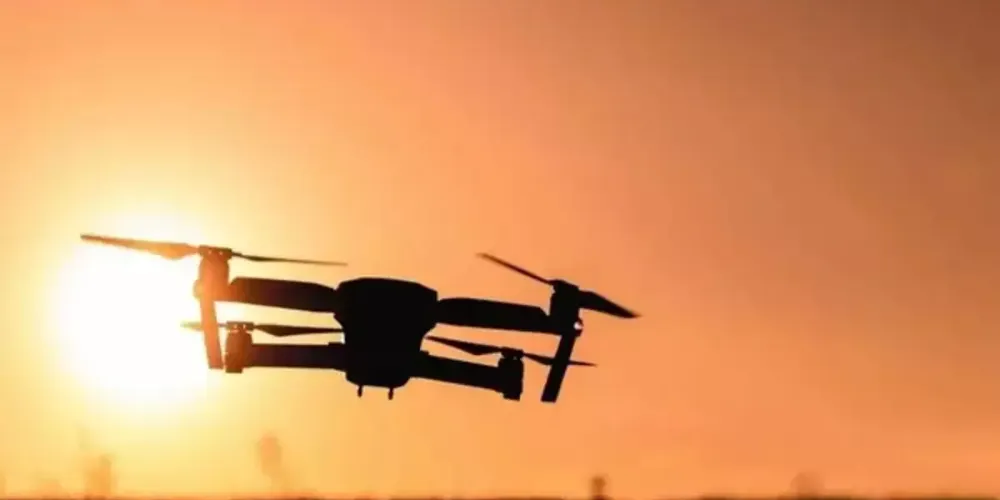Manipur -In a development that underscores the complexity of India’s federal structure and the delicate socio-political fabric of its northeastern states, the Rajya Sabha has officially confirmed the imposition of President’s Rule in Manipur. The move, ratified by the Upper House of Parliament, comes amidst ongoing ethnic strife, administrative paralysis, and rising concerns over constitutional machinery breaking down in the state.
The imposition of President’s Rule in Manipur marks a critical intervention by the Centre into state affairs, signaling a period of direct governance from New Delhi. While such a step is constitutionally allowed under Article 356 of the Indian Constitution, it also brings forth sharp political reactions, legal scrutiny, and widespread public discourse on federalism, autonomy, and civil rights.
In this blog, we explore the context, rationale, implications, and controversies surrounding the Rajya Sabha’s confirmation of President’s Rule in Manipur.
The Context: Manipur’s Descent into Unrest
Manipur, a state known for its vibrant culture, strategic location, and ethnic diversity, has faced a deepening crisis over the past year. Triggered by ethnic clashes between the Meitei and Kuki communities, the situation quickly escalated into widespread violence, displacement, and law-and-order breakdowns.
Repeated reports of police inaction, partiality by the state machinery, and failure of political leadership to restore peace led to growing demands for central intervention in Manipur. Multiple human rights organizations, civil society groups, and even Supreme Court justices voiced concern over the deteriorating ground situation.
The inability of the elected government to reinstate order, despite multiple warnings and advisory visits from the Centre, set the stage for invoking Article 356, which permits the President to assume control over a state if its constitutional machinery has failed.
Thus, the confirmation of President’s Rule in Manipur by the Rajya Sabha comes after months of deadlock, administrative vacuum, and mounting public pressure for intervention.

Constitutional Basis: What Does President’s Rule Entail?
The President’s Rule in Manipur, now officially approved by both Houses of Parliament, is rooted in Article 356 of the Constitution of India. This provision allows the President, on the advice of the Union Cabinet, to dismiss a state government and assume control if it is determined that the state cannot function according to constitutional norms.
Under President’s Rule:
- The Legislative Assembly may be dissolved or kept in suspended animation.
- The Governor acts as the state’s executive head, but under the control of the President.
- The Union Government administers the state directly, through the Ministry of Home Affairs.
The Rajya Sabha’s ratification lends parliamentary legitimacy to this move, ensuring that the President’s Rule doesn’t exceed the initial six-month period without necessary approvals. In the case of Manipur, this intervention also has implications for upcoming electoral cycles and governance realignments.
By confirming President’s Rule in Manipur, the Rajya Sabha has thus given the Centre the constitutional green light to implement direct rule, bypassing local political authority in hopes of restoring order and governance.
Political and Public Reactions: Sharp Divides Across the Aisle
The confirmation of President’s Rule in Manipur by Rajya Sabha has received a mixed response across India’s political spectrum.
The Bharatiya Janata Party (BJP), which had led the state government under Chief Minister N. Biren Singh, has defended the move as a reluctant but necessary step. BJP leaders argue that the situation had reached a tipping point, where only central intervention could break the cycle of violence and impasse.
Prime Minister Narendra Modi, while commenting on the situation, called the decision “constitutional and unavoidable,” reiterating that the government’s first responsibility is to ensure peace, dignity, and justice for all citizens.
On the other hand, opposition parties including the Congress, Trinamool Congress, and CPI(M) have accused the Centre of abdicating its earlier responsibilities and allowing the state to fall into disrepair. They argue that the failure of the BJP-led government in Manipur should have led to early intervention, not a delayed response after months of bloodshed.
Moreover, civil society groups and tribal organizations in Manipur have offered varied perspectives. Some Kuki groups have welcomed the decision, viewing the central administration as a more neutral arbiter. Others, especially in the valley-dominated Meitei areas, see this as an overreach and erosion of democratic local governance.
In sum, the political discourse around President’s Rule in Manipur remains polarizing and layered with ethnic, regional, and ideological dimensions.
Administrative Priorities Under President’s Rule
With President’s Rule now in force in Manipur, the Centre has assumed control of key administrative functions. Among the priorities of the Ministry of Home Affairs are:
- Ensuring law and order through coordinated security deployments, including the continued presence of paramilitary forces.
- Facilitating relief, rehabilitation, and compensation for thousands of displaced families.
- Rebuilding civil administration and ensuring delivery of essential services, such as healthcare, education, and transport.
- Conducting independent inquiries into incidents of violence, extrajudicial killings, and administrative lapses.
- Initiating dialogue with stakeholders from all communities to chart a roadmap toward peace.
As the Rajya Sabha has confirmed the imposition of President’s Rule in Manipur, the burden now lies on central administrators and the Governor to implement these tasks transparently and efficiently.
The Centre has also assured that elections will be held as soon as conditions normalize, keeping with democratic traditions and constitutional mandates.
Impact on the Federal Structure and Democratic Norms
The Rajya Sabha’s approval of President’s Rule in Manipur raises broader questions about the balance between Centre and State, particularly in the context of India’s federal democracy.
Critics argue that President’s Rule has often been misused politically, citing examples where central governments have dismissed elected state governments for strategic gains. However, defenders point to situations like Manipur, where constitutional machinery genuinely breaks down, necessitating central oversight.
From a legal standpoint, the Supreme Court of India has repeatedly emphasized that Article 356 must be used sparingly, as laid out in the landmark S.R. Bommai case (1994). In the Manipur scenario, observers believe the extreme deterioration of public order may meet the threshold for such an action.
Still, questions remain: Could the Centre have acted earlier? Why was the state allowed to descend into chaos before intervention? Is President’s Rule being used here as a shield for political failure?
As these questions swirl in legal and academic circles, the implementation of President’s Rule in Manipur must be seen not just as an act of governance but also as a case study in federal ethics and constitutional restraint.
Voices from the Ground: What the People Say
Away from the halls of Parliament, the ordinary citizens of Manipur—across both hill and valley—have diverse reactions to the Centre’s move.
For many Kuki tribal families who have been displaced, the move offers a sense of hope. They believe that under President’s Rule, there may be less political bias and more focus on genuine rehabilitation.
Among some Meitei citizens, especially those still reeling from violence in Imphal, there is anxiety about the dilution of their political voice and the possibility of long-term central interference.
What is clear, however, is that people want peace, justice, and healing—and they want these things without delay. The hope is that direct governance by the Centre will bring not just neutrality but also accountability.
With Rajya Sabha ratifying the imposition of President’s Rule, the people of Manipur now look to New Delhi for results, not rhetoric.
Conclusion: A Constitutional Step Amid a Humanitarian Crisis
The confirmation of President’s Rule in Manipur by the Rajya Sabha represents a critical juncture in India’s northeast narrative. It is a response to an extraordinary situation—marked by ethnic clashes, institutional failure, and humanitarian distress. Whether this step proves effective in restoring peace and constitutional order remains to be seen.
For now, the Centre must walk a fine line—upholding federal principles, ensuring justice, and rebuilding a fractured society. The people of Manipur deserve more than symbolic gestures—they deserve sustained engagement, truth-telling, and tangible change.
As the country watches closely, the President’s Rule in Manipur must become a chapter not of central dominance but of federal rescue—an example of governance stepping in where governance had failed, but with humility, wisdom, and a roadmap for healing.
For News Update – dailynewfeeds



